The entire International economic architecture was founded after the World War II. The World Bank, IMF and the WTO were loaded with issues like globalization, trade disagreement and rising economic powers. The World Bank, the International Monetary Fund and the World Trade Organization have incredible power and influence. Funds regulations at the World Bank and the IMF and agreement at the WTO are the result of bargaining and pressures from the rich and prosperous countries. The new rules for trade relation between major industrial states of International Monetary System were made by the Bretton Woods System. In July, 1944, 730 delegates from 44 associated nations gathered in Bretton Woods with an objective of restructuring the international economic system. They agreed upon and signed the Bretton Woods Agreements at this conference. And the result was establishment of the two institutions -IBRD and the IMF. Bretton Woods’s conference agreed on the combined package of regulations for trade and tariff, which is known as the General Agreement on Tariffs and Trade (GATT) in 1947. The GATT was restructured into World Trade Organization (WTO), which came into existence in 1995. This book discusses the contributions of the WTO, the IMF and the World Bank, and pinpoints the areas needing improvements in these three institutions.
World Bank, IMF and WTO: Role in Global Economy
In stock
Free & Quick Delivery Worldwide
reviews
Bibliographic information
Title
World Bank, IMF and WTO: Role in Global Economy
Author
Edition
1st ed.
Publisher
ISBN
9788131414316
Length
240p.
Subjects

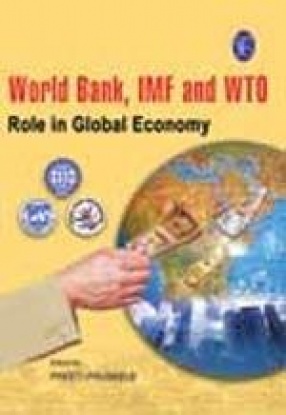
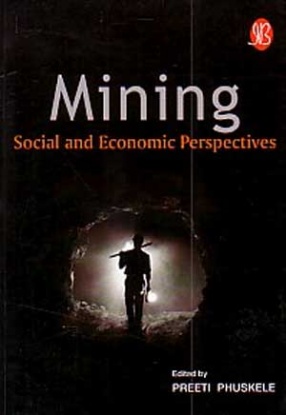

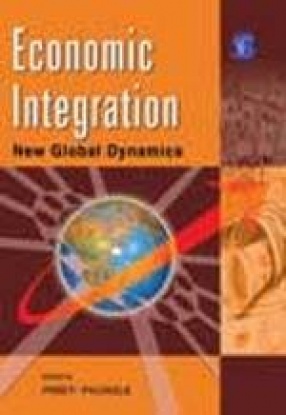

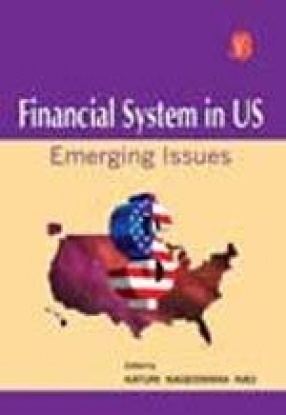
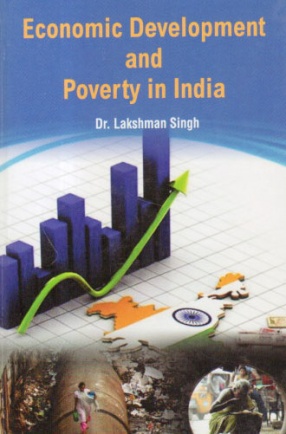
There are no reviews yet.